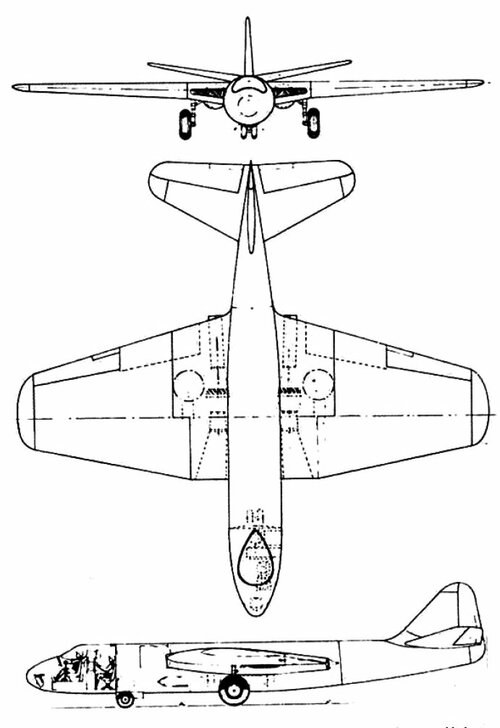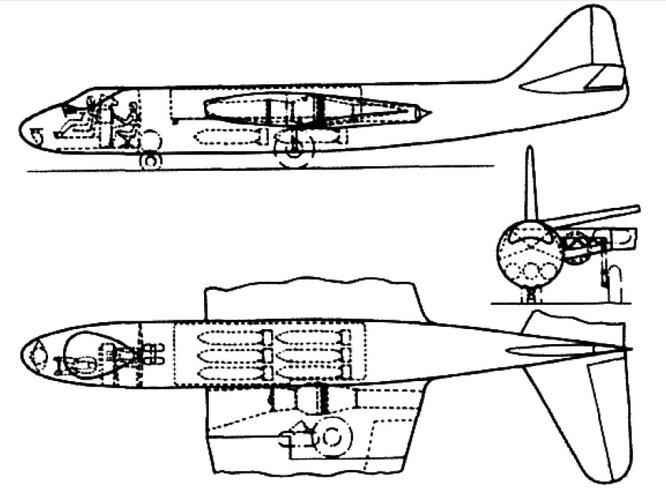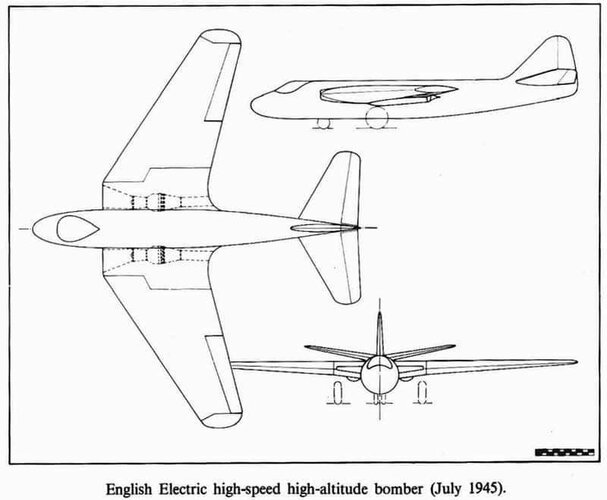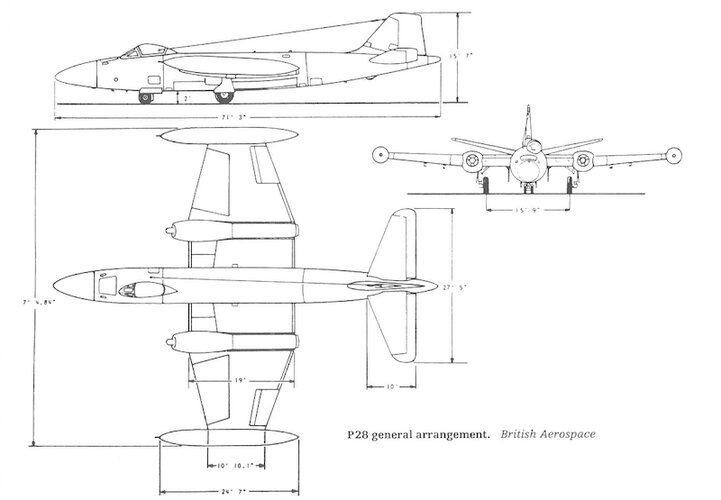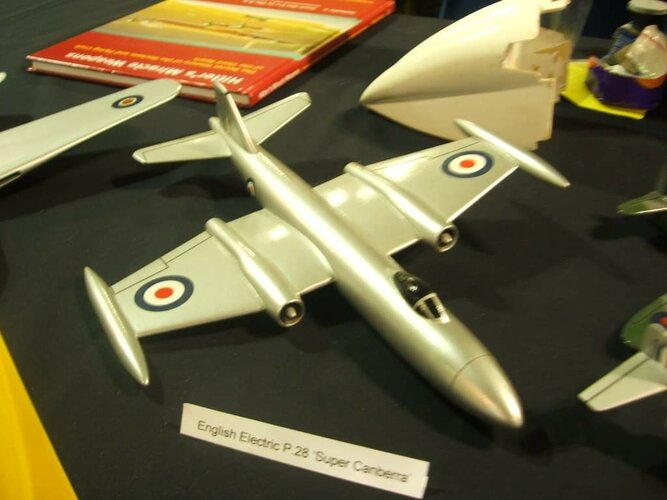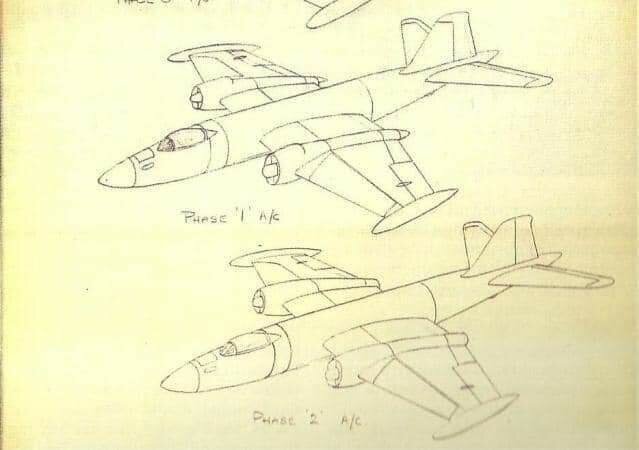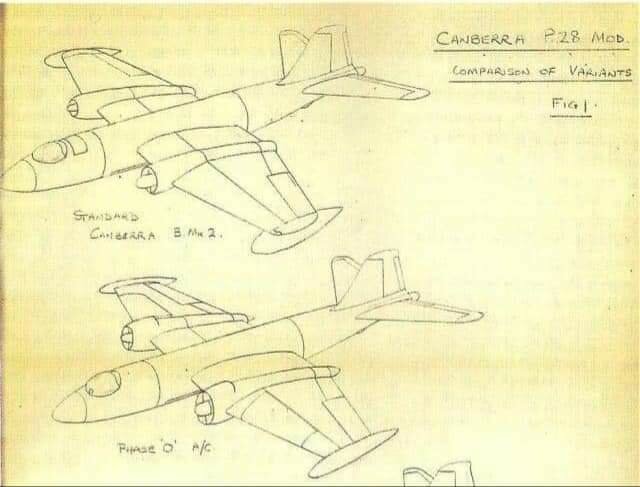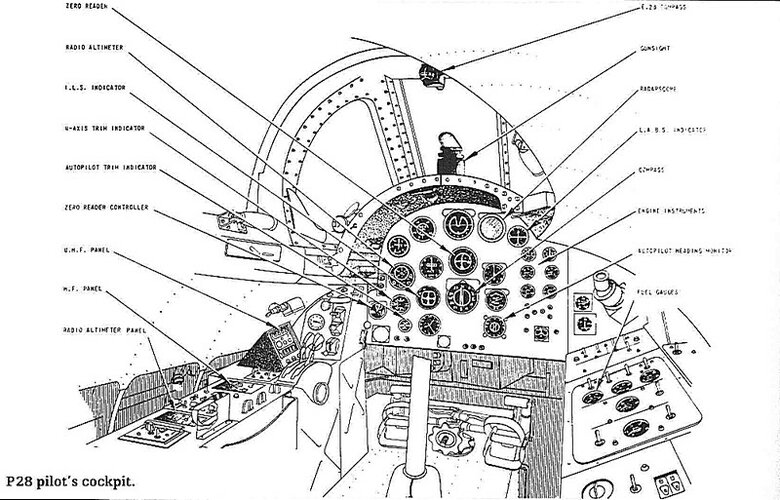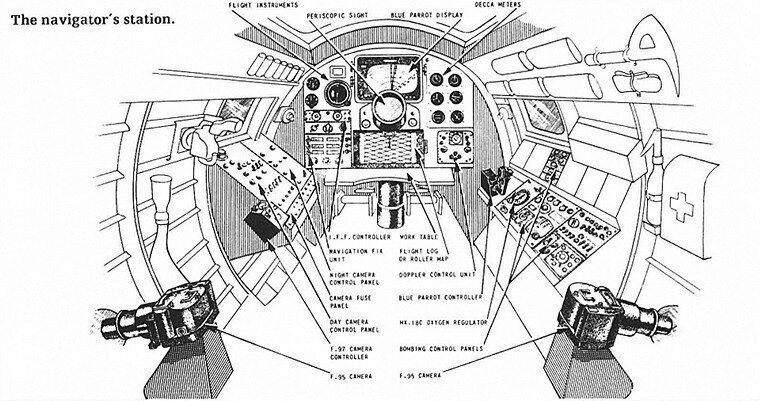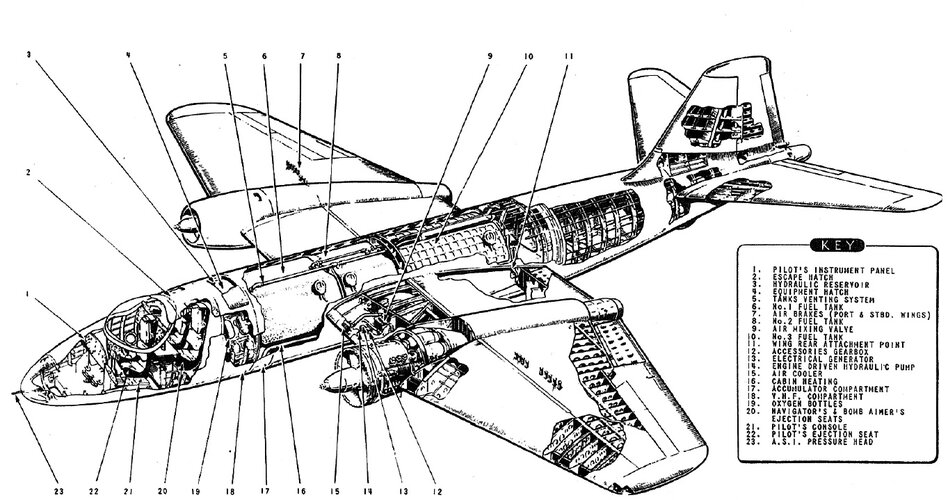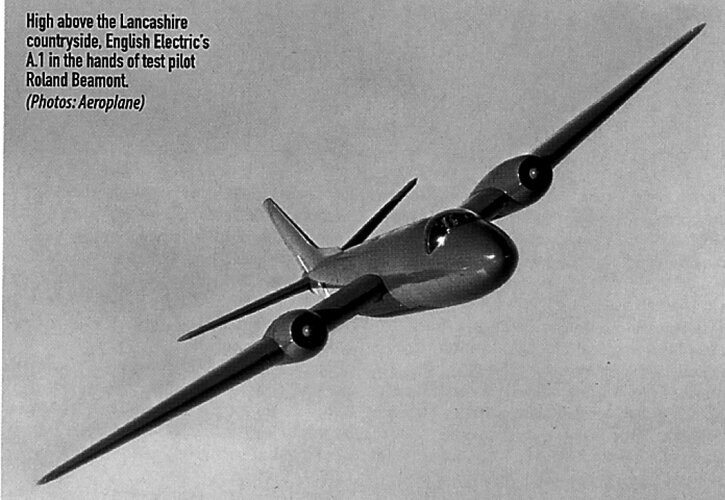- Joined
- 9 October 2009
- Messages
- 21,953
- Reaction score
- 13,594

Air Vice-Marshal Barry Newton, did airborne ‘sampling’ of Britain’s first atomic bombs – obituary
Newton and his crew of ‘sniffers’ captured particles of radioactive cloud from explosions in pods attached to the wings
Air Vice-Marshal Barry Newton, who has died aged 88, flew a Canberra bomber during the British nuclear and hydrogen bomb test programme in the 1950s. He later filled senior posts with Britain’s reserve forces.
Newton was a pilot on No 76 Squadron when the unit deployed to RAAF Base Edinburgh near Adelaide, Australia, in the summer of 1956 to participate in Operation Buffalo, the testing of the first four British low-yield atomic weapons.
He flew one of the five Canberras that were positioned at Maralinga airfield, 500 miles north-west of Adelaide, to gather data from the tests carried out in the Woomera weapon’s range. Flying at high level, the aircraft were tasked with meteorological reconnaissance, cloud sampling and cloud tracking after the explosion: the pilots used the call-sign “sniffer”.
The first test was carried out on September 27 1956 when Newton and his crew monitored the atomic blast and captured air samples, in pods attached to the wings, from the radioactive cloud caused by the explosion.
Three more tests were carried out, including the first to be dropped from an aircraft, a Vickers Valiant of No 49 Squadron. Newton flew in support of these test flights, which concluded on October 22. The aircraft were fitted with Geiger counters to monitor radiation levels in the cockpit.
He remained with the squadron, which later deployed to Christmas Island for Operation Grapple, a series of four tests of Britain’s first hydrogen bomb. The first drop, from a Valiant, took place on May 14 1957 when Newton and his colleagues, flying their Canberras, monitored the tests.
At the end of 1957 he left 76 Squadron and was awarded a Queen’s Commendation for Valuable Service in the Air for his part in the nuclear testing programme.




